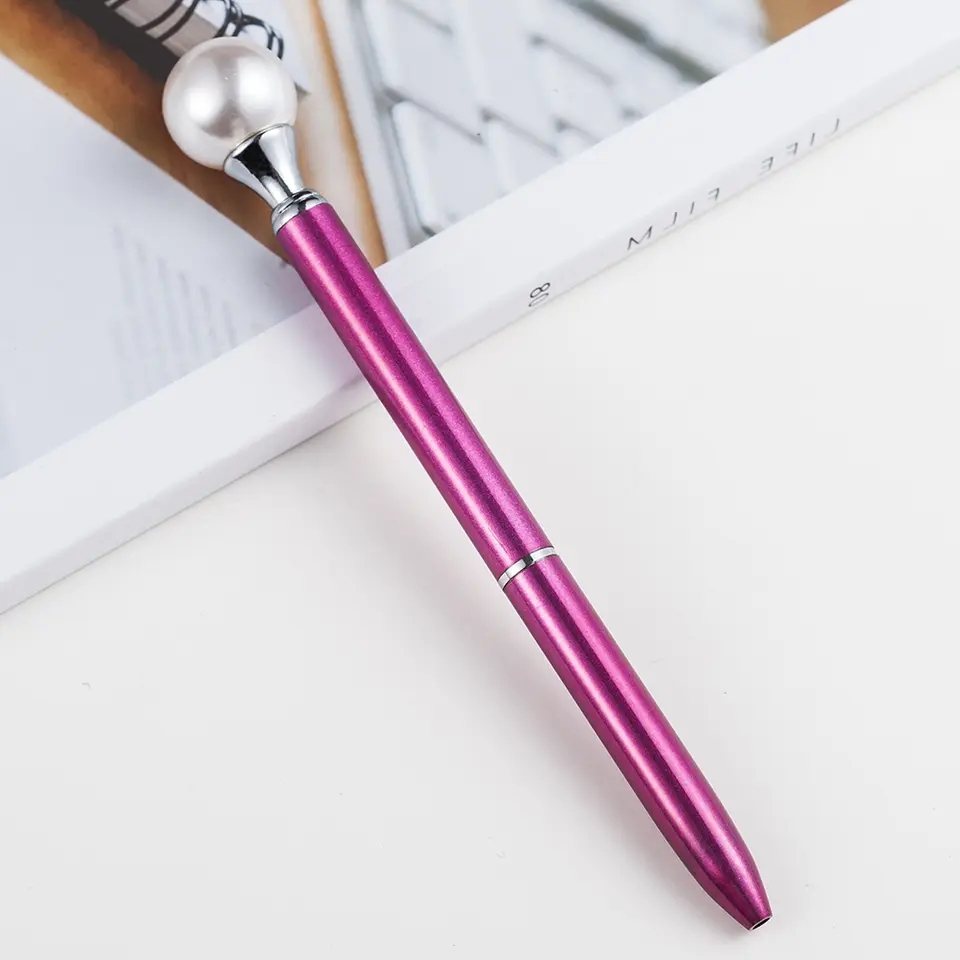In the realm of writing instruments, the Ball Pen stands as an enduring icon of versatility and reliability. This unassuming yet indispensable tool has a remarkable ability to adapt to various situations, from the classroom to the boardroom. In this article, we will delve into the history, structure, multifaceted applications, and key considerations for choosing the perfect Ball Pen.
1. Unearthing the History of the Ball Pen
The Ball Pen, often referred to as the ballpoint pen, entered the stage of writing instruments during the early 20th century. The brainchild of Hungarian journalist László Bíró, the Ball Pen was introduced in 1938. Its revolutionary design featured a tiny ball at the tip, replacing the traditional nib. This innovation not only eliminated the need for frequent ink dipping but also ensured smooth and consistent ink flow, forever changing the writing experience.
2. Deconstructing the Ball Pen
The Ball Pen is a marvel of engineering, comprising several essential components:
Pen Barrel: Typically constructed from plastic, metal, or a blend of materials, the barrel provides structural integrity and a comfortable grip.
Pen Cap: This removable cap serves to protect the pen’s ballpoint, preventing ink from drying out and safeguarding your belongings from accidental ink stains.
Ballpoint: The heart of the Ball Pen, housing a tiny rolling ball that dispenses ink evenly on paper, resulting in clean and legible writing.
Ink Reservoir: Nestled within the barrel, the ink reservoir stores an ample supply of ink, ensuring an uninterrupted writing experience.
Ink: Crafted with precision, the ink is formulated for smooth flow onto paper, quick drying, and resistance to smudging, making it ideal for various writing tasks.
3. The Versatile Applications of the Ball Pen
The adaptability of the Ball Pen is truly exceptional, making it an invaluable tool in numerous spheres:
Educational: Students rely on Ball Pens for note-taking, completing assignments, and excelling in examinations due to their reliability and consistency.
Professional: In the corporate world, Ball Pens are indispensable for signing contracts, recording meeting minutes, and maintaining meticulous records.
Artistic: Artists and illustrators appreciate the precision and control Ball Pens offer for sketching, shading, and adding fine details to their creations.
Everyday Use: Whether composing heartfelt letters, drafting shopping lists, or documenting personal thoughts in a journal, Ball Pens are steadfast companions in everyday life.
4. Tips for Choosing the Ideal Ball Pen
Selecting the right Ball Pen can elevate your writing experience. Here are some key considerations:
Ink Type: Choose between oil-based or gel ink based on personal preference. Oil-based ink dries quickly, while gel ink offers smoother writing and a broader range of colors.
Tip Size: Ball Pen tips come in various sizes, with finer tips suitable for precise work and broader ones for bolder strokes.
Material and Aesthetics: Consider the design, materials, and aesthetics that resonate with your style, whether it’s a classic metal finish or a vibrant plastic casing.
Budget: Ball Pens come in a wide price range, so find one that fits your budget without compromising on quality.
In conclusion, the Ball Pen is an enduring symbol of the writing world, cherished for its reliability and adaptability. With a rich history, precise engineering, and a myriad of applications, it remains an essential tool in our daily lives. By understanding its components and carefully selecting the right Ball Pen, you can enhance your writing experience, whether in educational pursuits, professional endeavors, artistic expressions, or daily life’s many tasks.



